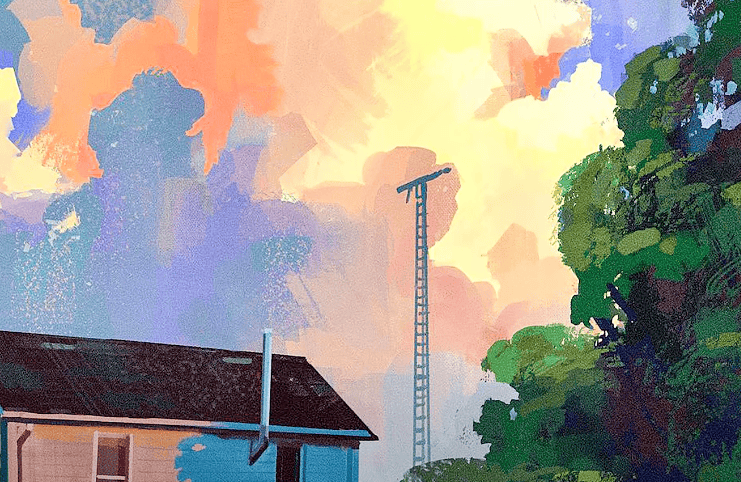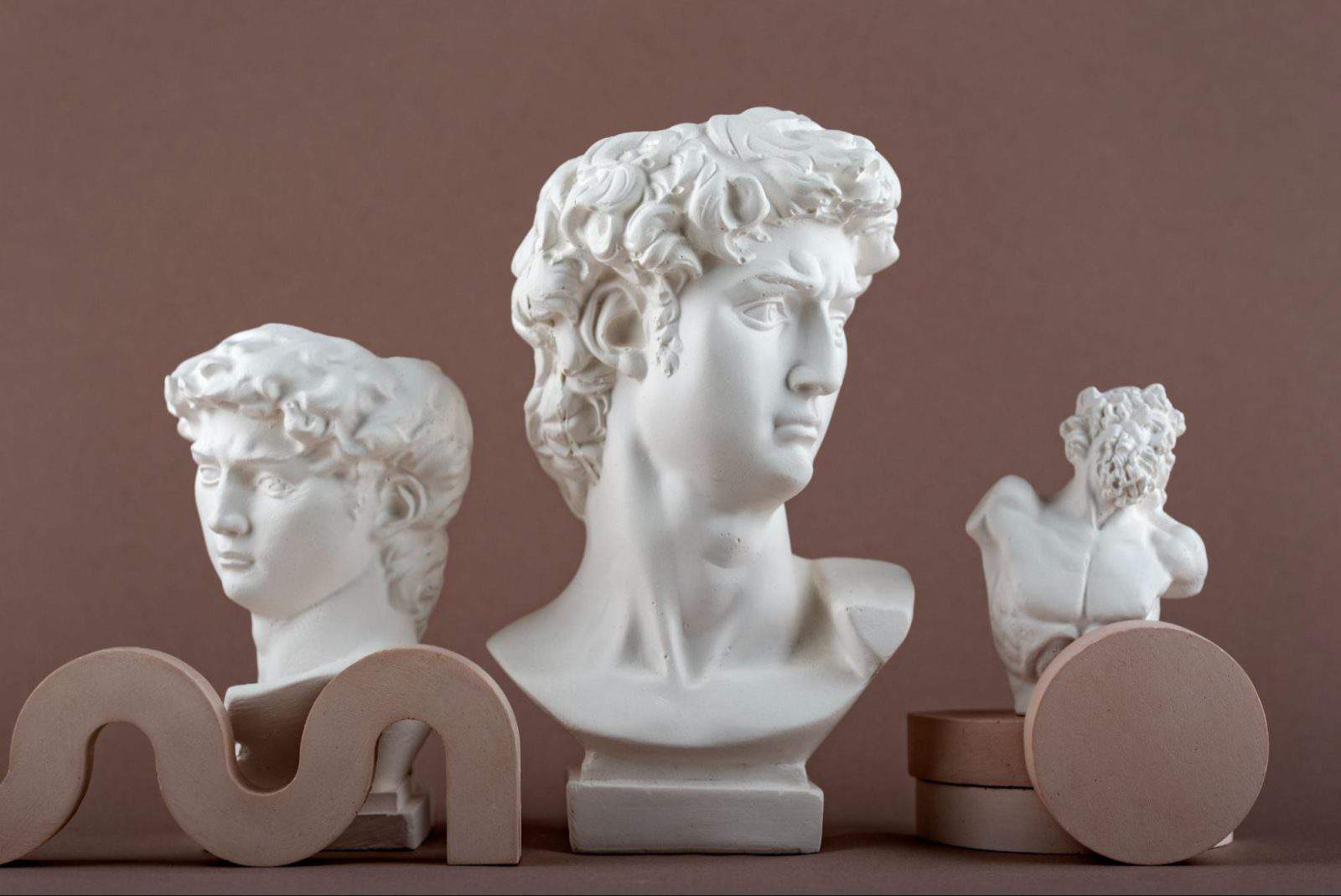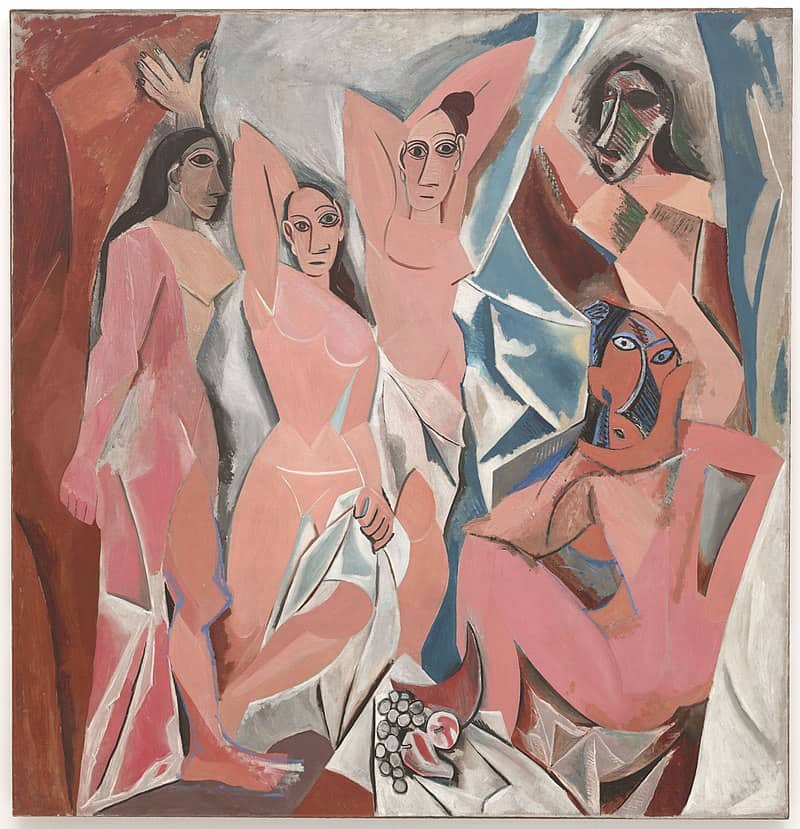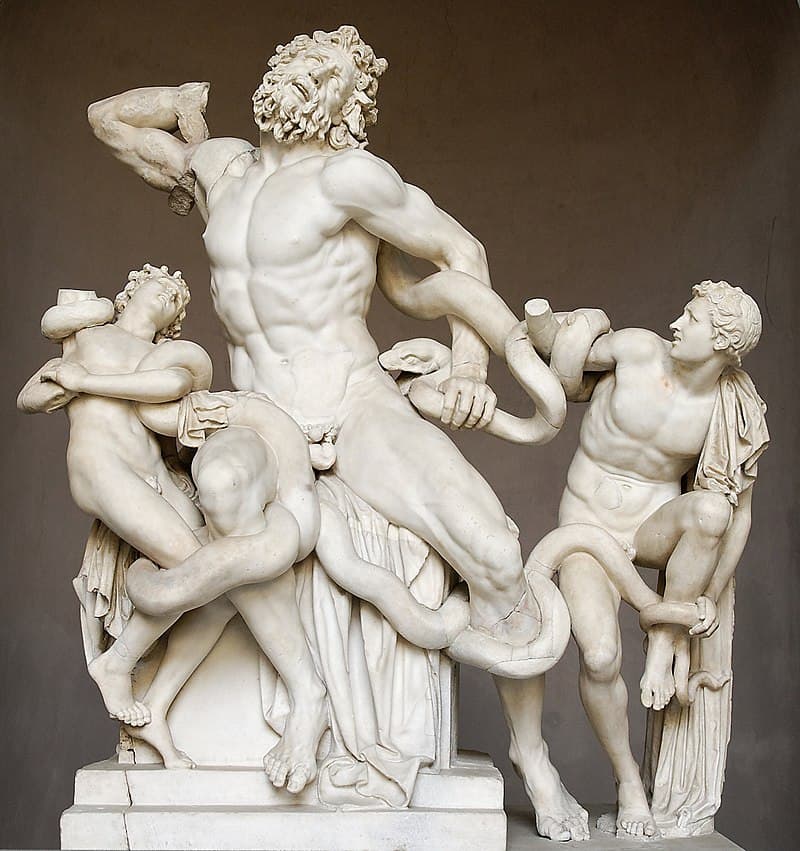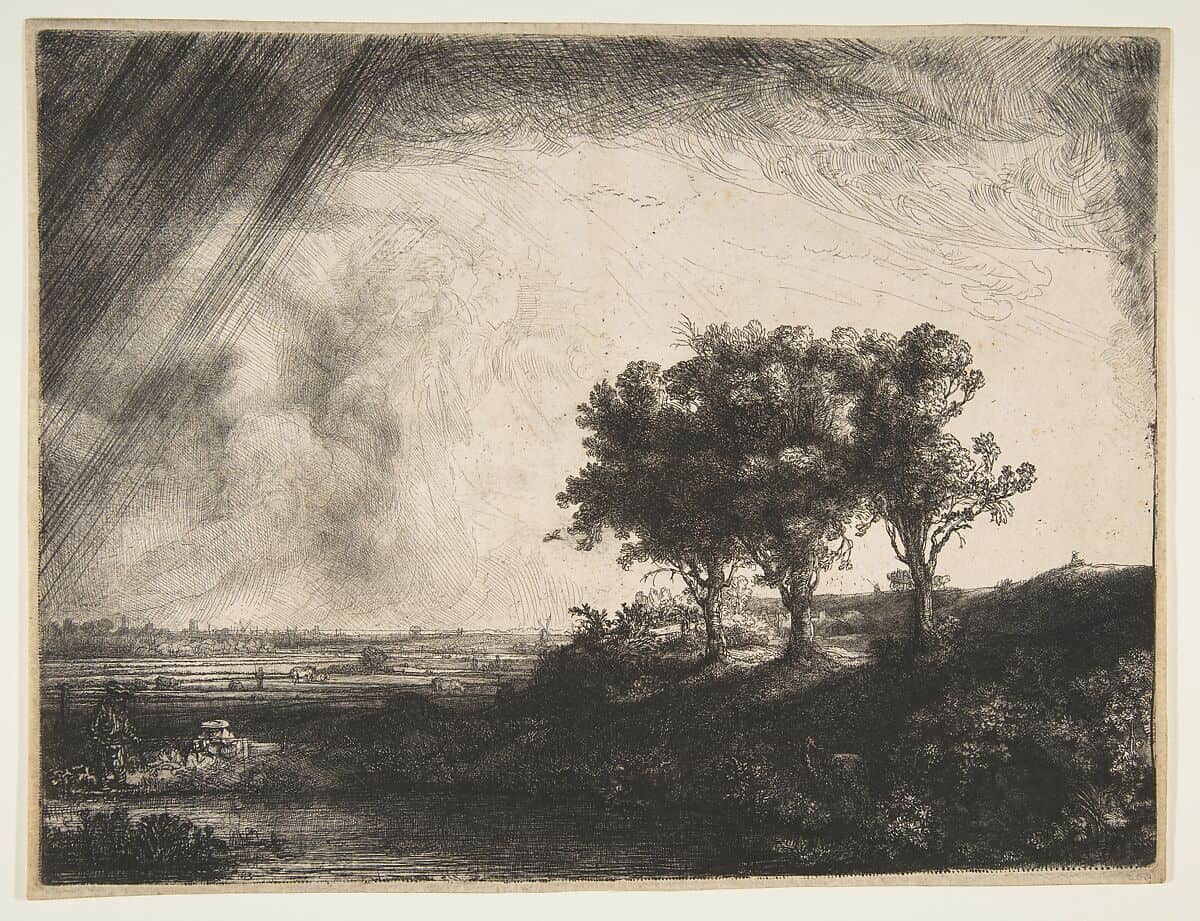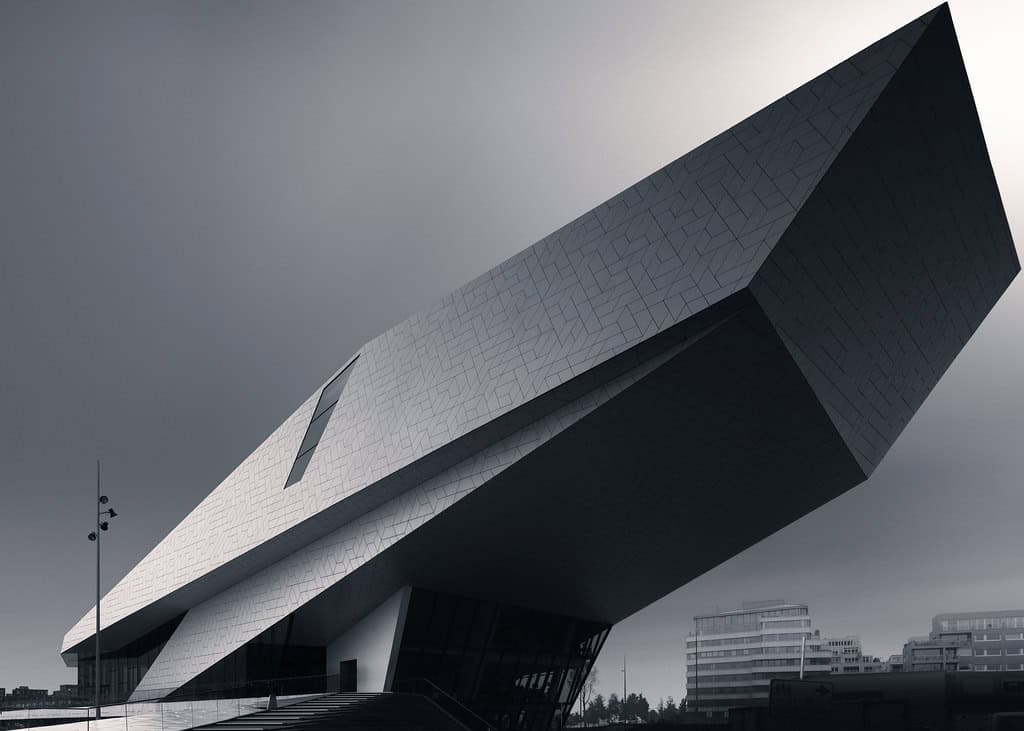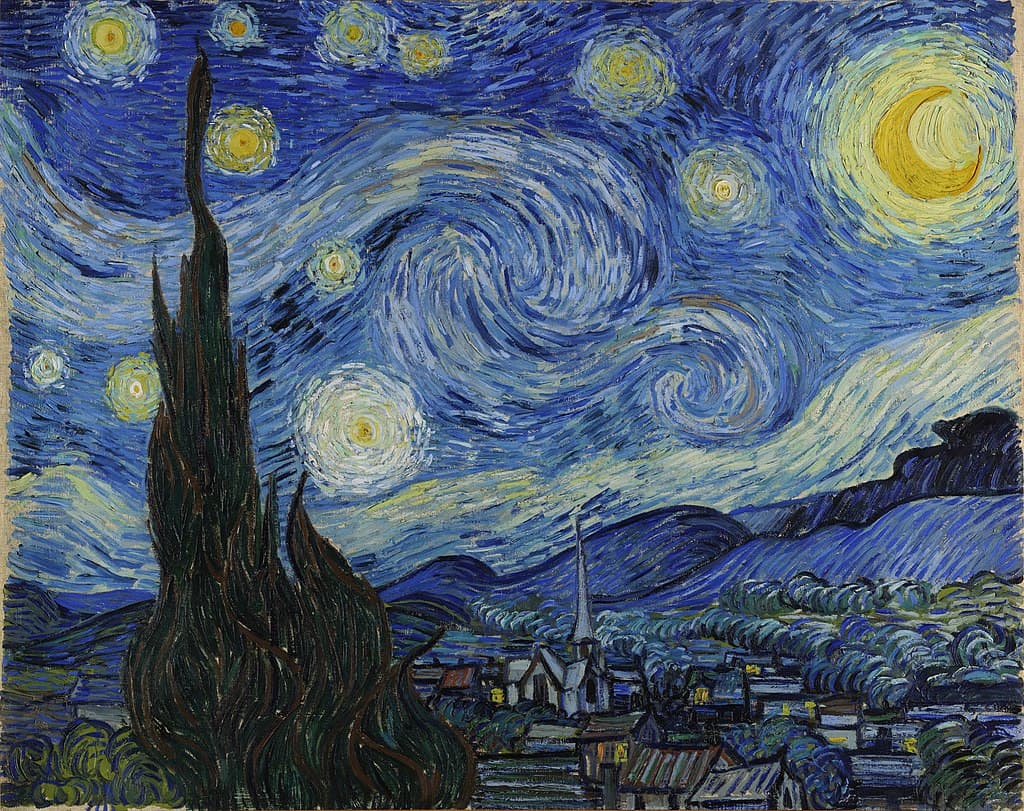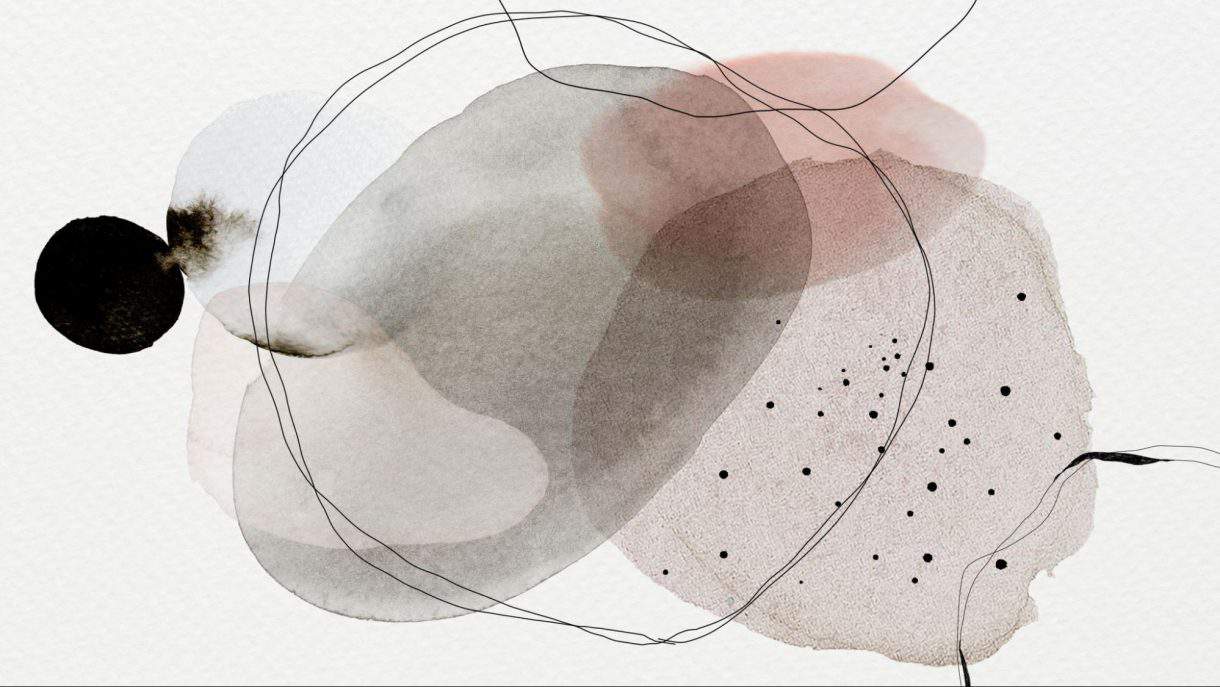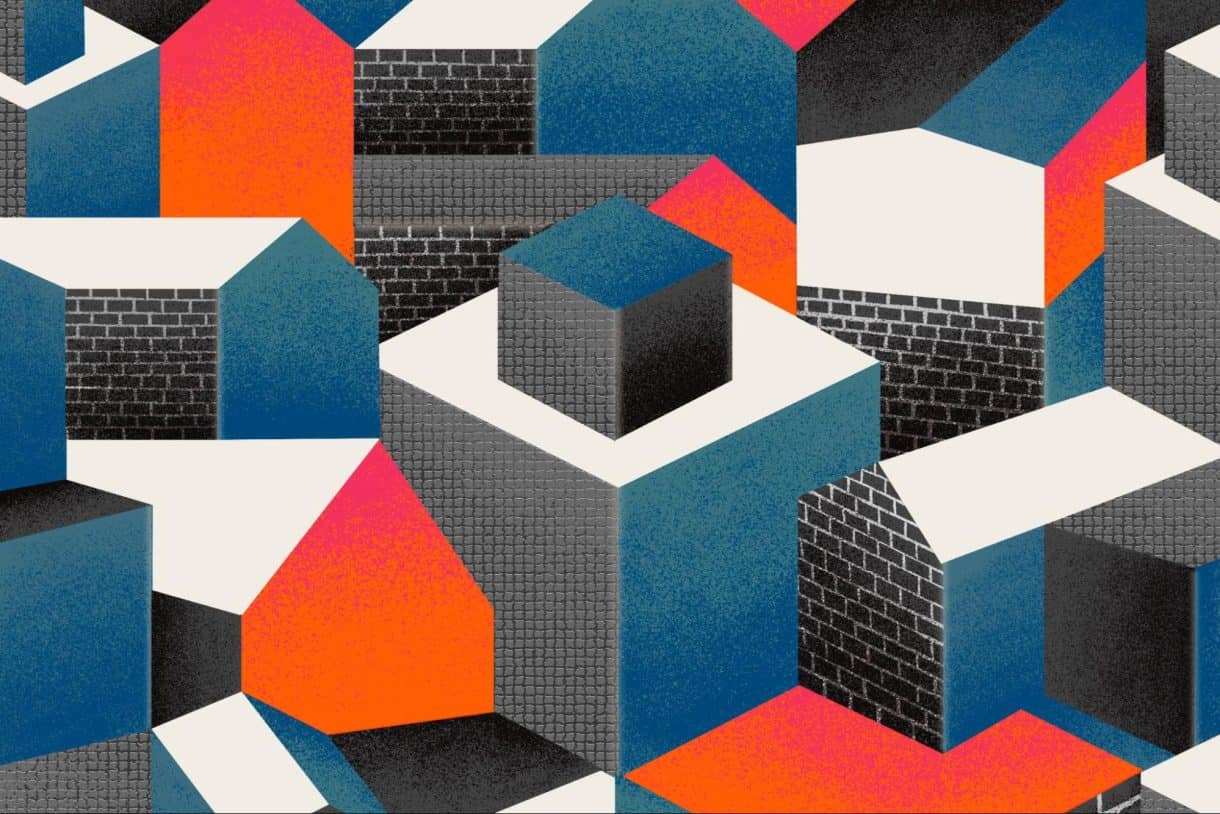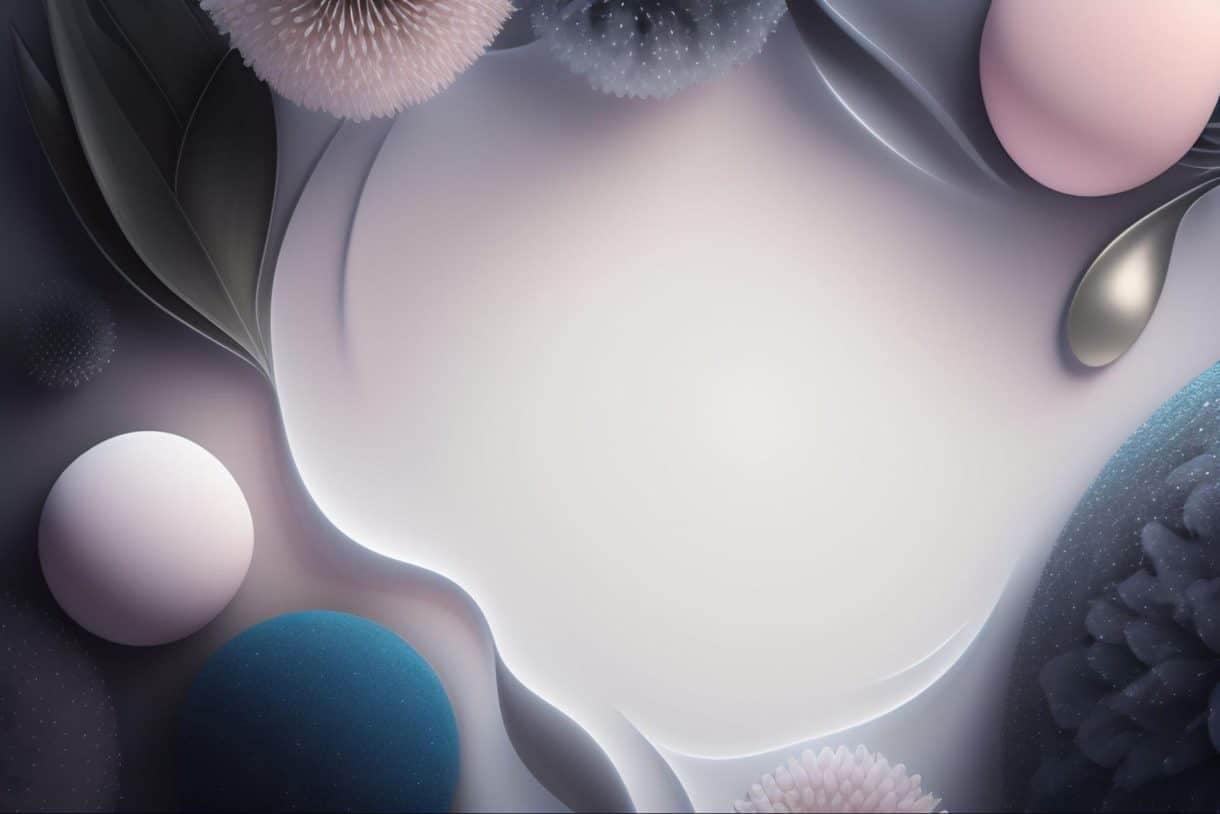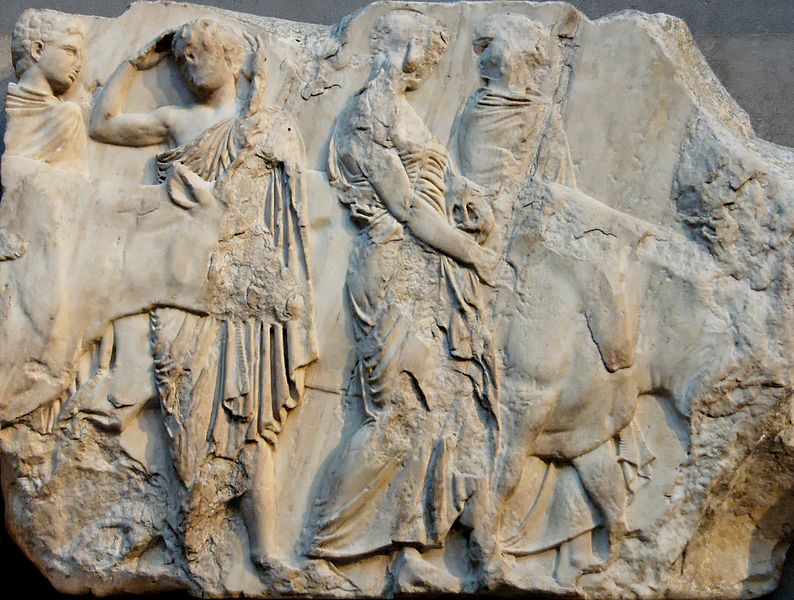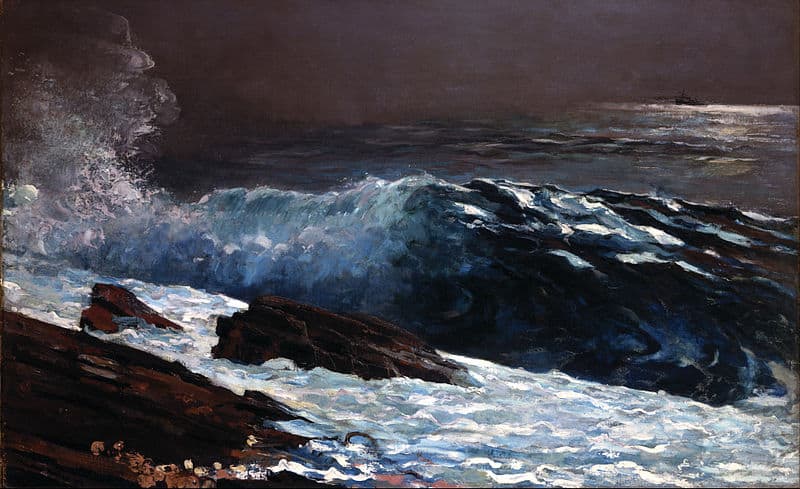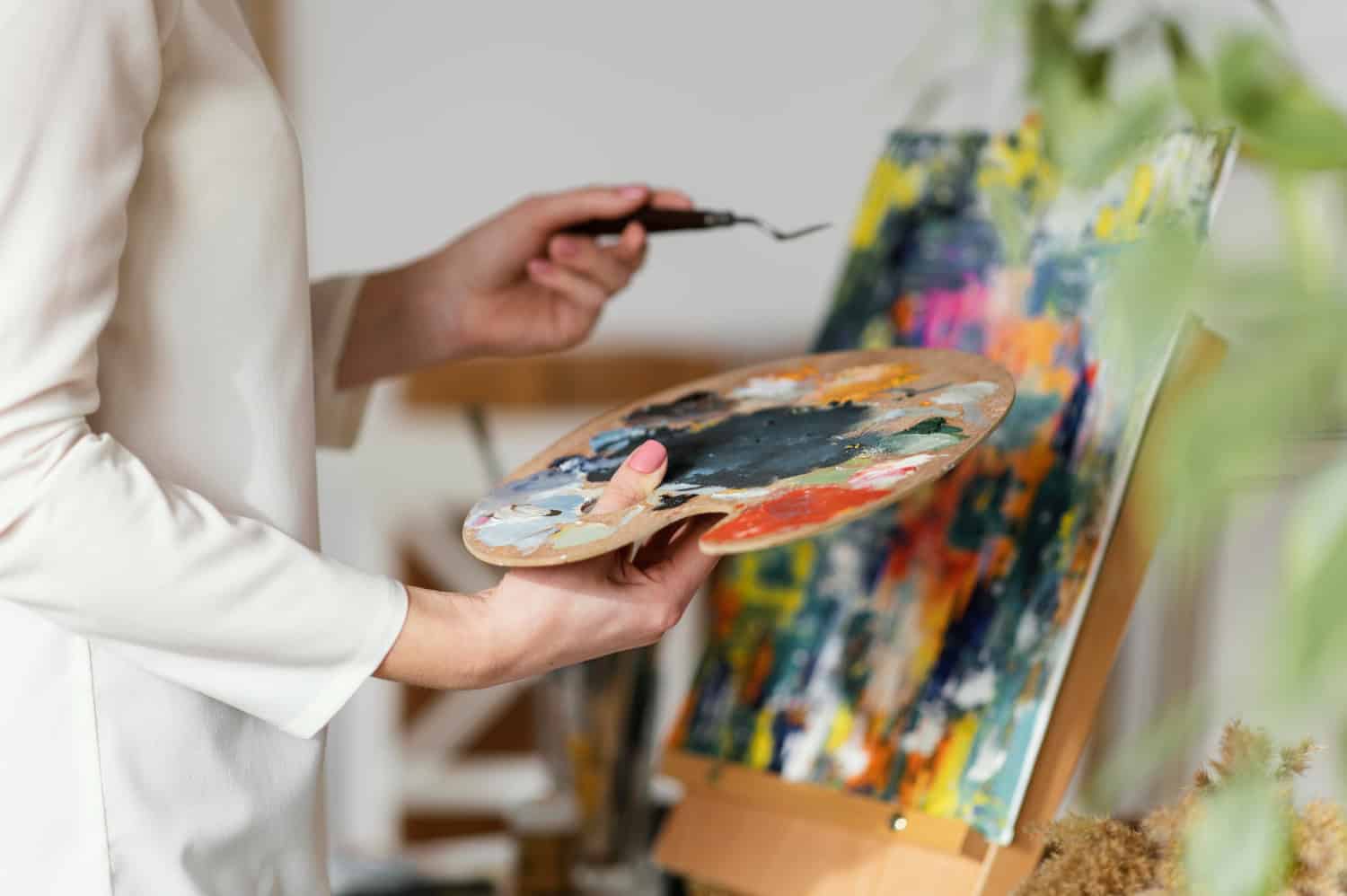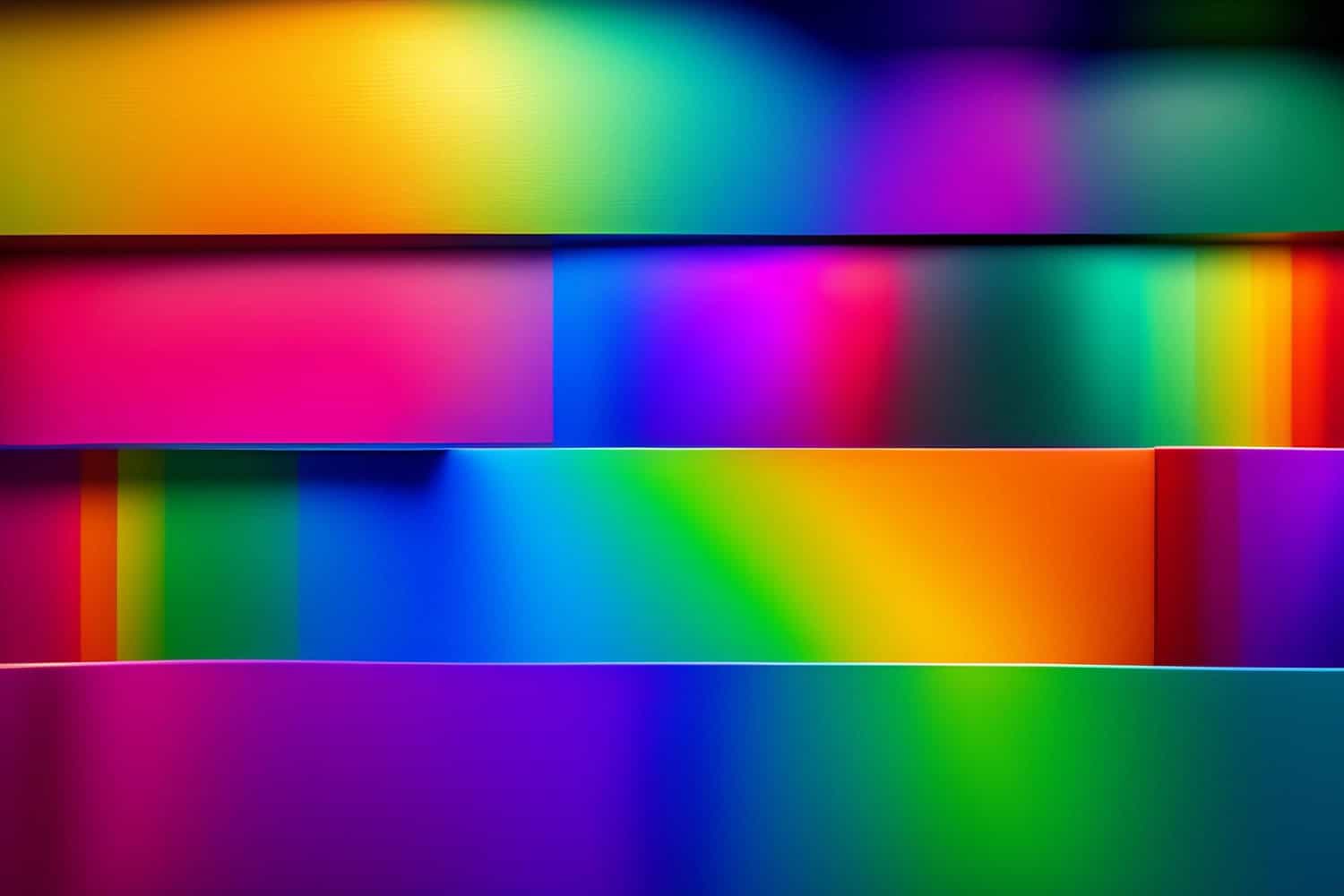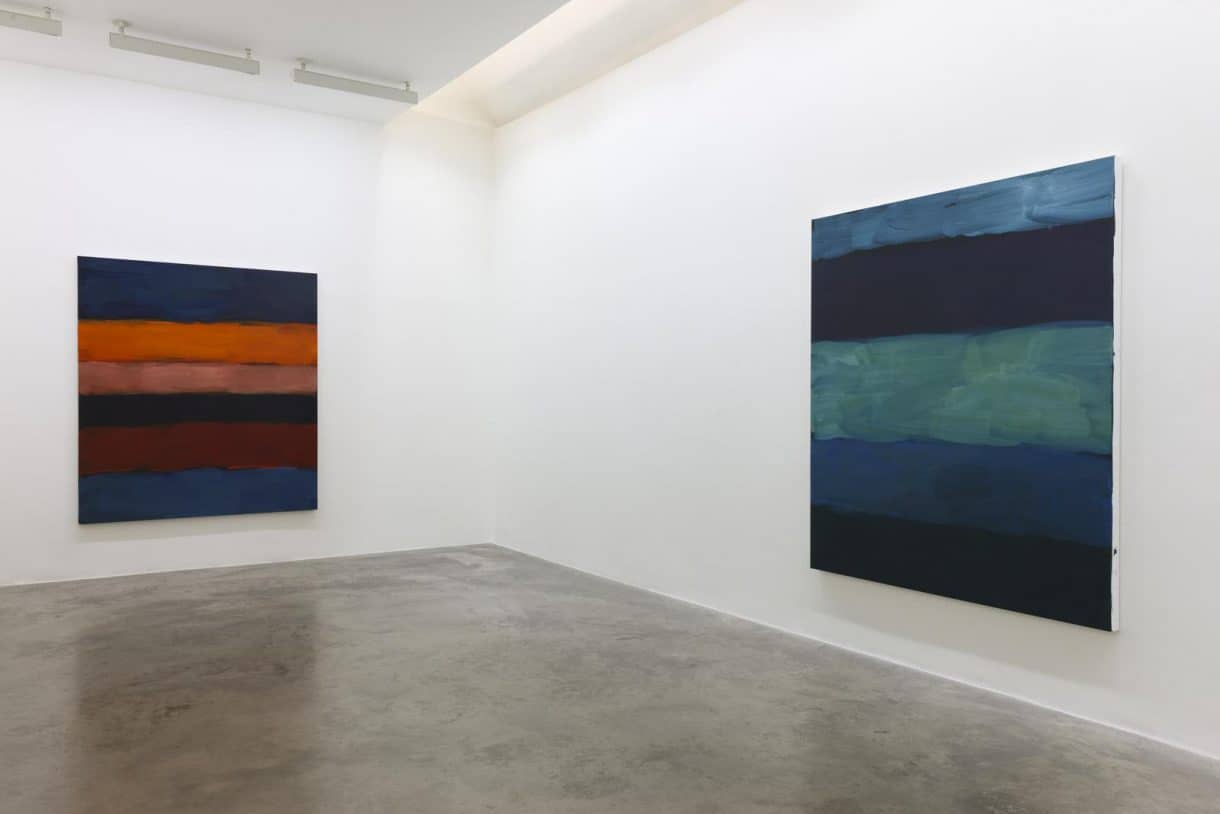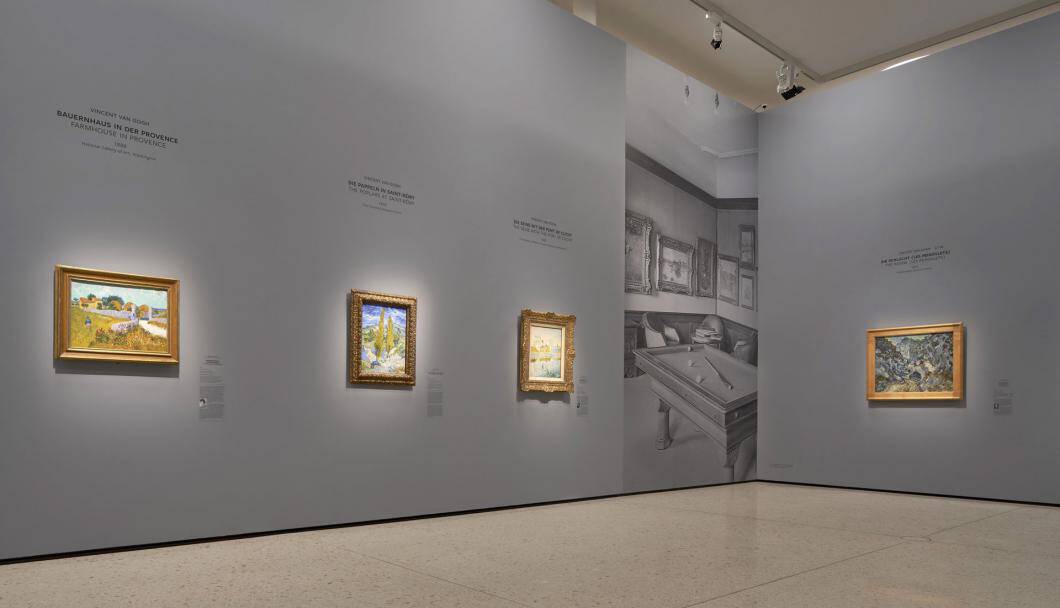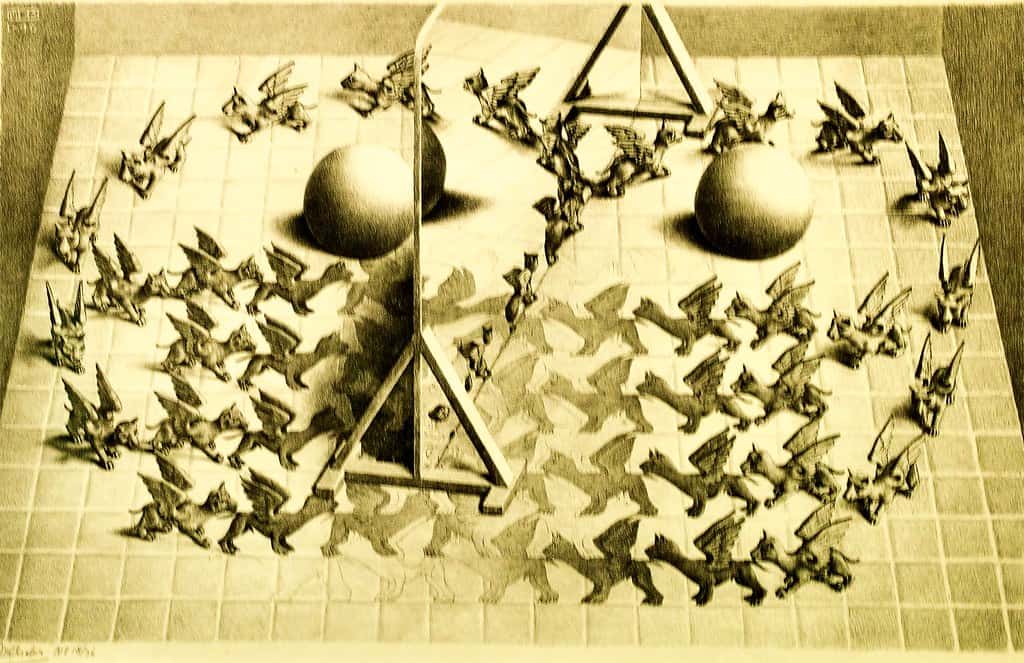
Space is an essential element of art that provides the basis for the composition of a work of art. The void surrounding the subject matter of a work of art can be used to create a sense of depth, dimension, and movement.
Artists can use space to create different effects and emotions. For example, a shallow depth of field can create a sense of intimacy and focus, while a great depth of field can create a sense of distance and spaciousness.
Space can be described as positive or negative, and it can be created using various techniques such as superimposition, perspective, and shading.
What Is Space in Art?
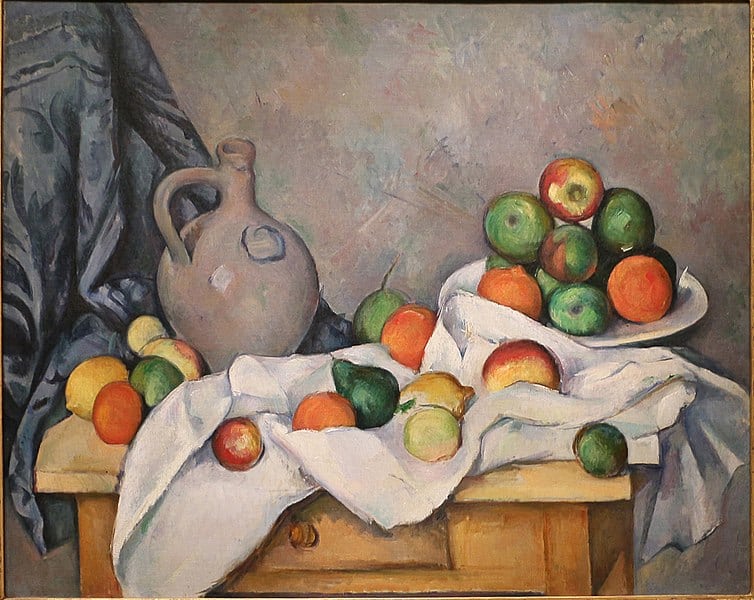
Space in art refers to the perception of depth and the arrangement of objects in a composition. It includes both the physical space occupied by the artwork itself and the illusion of depth and distance created within the work.
There are two basic types of space in art: two-dimensional and three-dimensional.
Two-Dimensional Space
Two-dimensional space is the illusion of depth created on a flat surface such as a canvas or paper. Artists use a variety of techniques to create the perception of depth, including:
- Overlay: Placing one object in front of another to create a sense of depth and spatial relationships;
- Size and Scale: Objects that are smaller or appear more distant create a sense of distance;
- Positioning: Objects that are higher up in the composition appear farther away, and those that are lower down appear closer;
- Linear Perspective: Using converging lines going into the distance to create an illusion of depth;
- Atmospheric Perspective: Depicting distant objects in less detail, lighter in color, and with reduced contrast.
Three-Dimensional Space
Three-dimensional space is also used extensively in art. It refers to the actual physical place a work of art occupies. Sculptures, installations, and other three-dimensional works of art interact with the surrounding space, taking into account the height, width, depth, and perspective that the viewer sees.
Space can be used effectively to create a sense of depth, perspective, and atmosphere, as well as to establish a relationship between objects and the viewer.
The Effect of Space in Art
The effect of space in art is very significant. It can affect both the overall composition and the viewer’s perception and emotional response. Here are some of the key effects that space can create in art:
- Depth and Dimensionality: Space is necessary to create the illusion of depth and three-dimensionality in a two-dimensional work of art. With techniques such as perspective, overlay, and shading, artists can make objects appear closer or farther away, giving the work a sense of spatial depth. This effect can make a work of art more engaging and interesting to the viewer;
- Atmosphere and Mood: Space can contribute to the overall atmosphere and mood of a work of art. For example, a huge open space with minimal objects and details can evoke a sense of calm, spaciousness, or solitude. Conversely, cramped or claustrophobic one can create tension or a sense of enclosure. Artists can use space to convey a particular emotional or psychological tone in their work;
- Composition and Balance: Space plays a crucial role in the composition and balance of a work of art. The placement of objects and the distribution of positive and negative space can affect the overall harmony, visual flow, and focal points in a composition. Artists carefully consider the use and distribution of space to create a visually pleasing and well-balanced arrangement of elements;
- Accent and Focus: Space can be used strategically to emphasize or draw attention to certain elements of a work of art. By leaving negative space around an object or using contrasting spatial relationships, artists can create a focal point and direct the viewer’s gaze. Space can help direct the viewer’s attention and highlight the most significant aspects of a work of art;
- Sense of scale: Space can convey a sense of scale and size to a work of art. By carefully depicting the proportions and relationships between objects, artists can create a realistic or distorted sense of scale. This can evoke a sense of awe, grandeur, intimacy, or insignificance, depending on the intended effect.
In three-dimensional works of art, such as sculptures or installations, space becomes an integral part of the viewer’s experience. The viewer can physically move and interact with the artwork, examining it from different angles and perspectives. This interactive aspect of the space can enhance the viewer’s connection and engagement with the artwork.
Composition and Space in Art
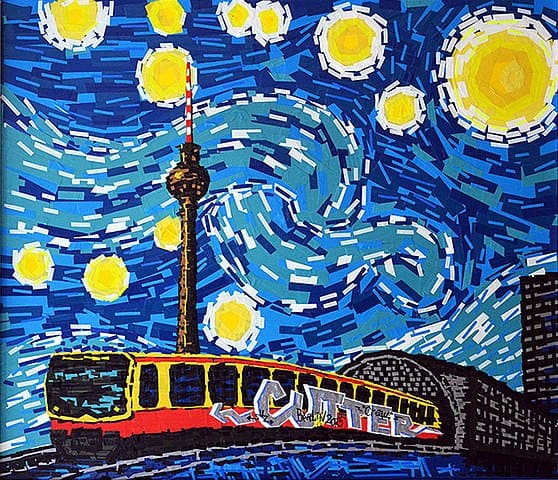
Composition and space are the two most important elements of art that are closely interrelated. Composition is the arrangement of visual elements in space. And the space of artwork includes objects and the distance around and between objects. The way an artist places objects in that particular space can have a profound effect on the meaning and impact of a work of art.
In art, composition is often used to create a sense of balance, harmony, and unity in a work of art. This can be achieved through techniques such as symmetry, repetition, and contrast. For example, an artist may use repetition to create a sense of rhythm in a composition or contrast to emphasize the differences between two opposing elements.
Three-Dimensional and Two-Dimensional Space
Two-dimensional space in art is the illusion of depth and spatial relationships created on a flat surface such as a canvas, paper, or computer screen. It is essentially a representation of the three-dimensional world on a two-dimensional plane.

Here are some key aspects of two-dimensional space in art:
- Perspective: This is a fundamental technique used to create the illusion of depth and distance in two-dimensional art. It involves the use of converging lines and vanishing points to depict distant objects. There are different types of perspective, including single-point perspective, two-point perspective, and atmospheric perspective, each of which provides different ways of depicting spatial relationships;
- Overlapping: This is a simple but effective technique used to create a sense of depth. By placing one object in front of another, artists create the illusion that the overlapping object is closer to the viewer, while the object behind it seems more distant;
- Size and Scale: Artists can manipulate the size and scale of objects to convey distance and spatial relationships. Objects that are smaller or farther apart in the composition create a sense of depth and distance. Conversely, larger objects or objects closer to the foreground appear closer to the viewer;
- Positioning: The positioning of objects in a composition can also help create the illusion of space. Objects higher up in the composition appear farther away, while those lower down appear closer to the viewer;
- Lighting: The use of light techniques, such as shadows and highlights, can create a sense of shape and depth. By manipulating the contrast between light and dark areas, artists can create the illusion of volume and three-dimensionality;
- Flatness and Abstraction: In some art styles, artists intentionally emphasize the flatness of a two-dimensional surface. This can be seen in some forms of abstract art or in traditional art styles, such as Japanese woodblock prints or Byzantine icons, where flatness is part of the artistic expression.
In turn, three-dimensional space in art refers to the physical one occupied by a work of art and the perception of depth, volume, and form within the work.
Unlike two-dimensional art forms, such as paintings or drawings, which are confined to a flat surface, three-dimensional art exists in real space, allowing the viewer to perceive it from different angles and perspectives.
Here are some key aspects of three-dimensional space in art:
- Sculpture: This is one of the main types of art that makes full use of three-dimensional space. Sculptures are created by shaping and manipulating materials such as stone, metal, clay, wood, or various found objects. They have height, width, and depth, and can be viewed and interacted with from different angles. Sculptures can be freestanding, like statues or mobiles, or they can be relief sculptures attached to a surface;
- Installations: These are three-dimensional works of art that are often site-specific and designed to transform a specific space. Artists use a variety of materials and elements such as objects, sound, light, video, or interactive components to create an immersive environment. Installations can be large-scale, spanning entire rooms or open spaces and inviting the viewer to physically interact with the artwork;
- Architecture: It is the art and science of designing and constructing buildings and structures. It involves the creation of functional spaces that take into account aesthetic, cultural, and practical aspects. Architects work with three-dimensional space, designing structures that define and shape the environment, both indoors and outdoors. Architecture involves considering factors such as scale, proportion, form, materials, and the relationship between the built space and the human experience within it;
- Mixed media and assemblage: Artists often combine different materials, objects, and techniques to create three-dimensional works of art. Works of mixed-media art can include elements of sculpture, painting, collage, and more. Assemblage art involves assembling found objects or fragments to create three-dimensional compositions. These approaches allow artists to experiment with different materials and textures, adding depth and tactile qualities to their work.
In three-dimensional art, the viewer’s experience is dynamic because the viewer can move around the artwork, observe it from different angles, and often interact with it. This interaction between the artwork, the surrounding space, and the viewer’s participation creates a unique and immersive experience.
By working in three dimensions, artists are able to convey a sense of physical presence, explore the relationship between objects and space, and invite the viewer to interact with the artwork on a multisensory level.
Negative and Positive Space
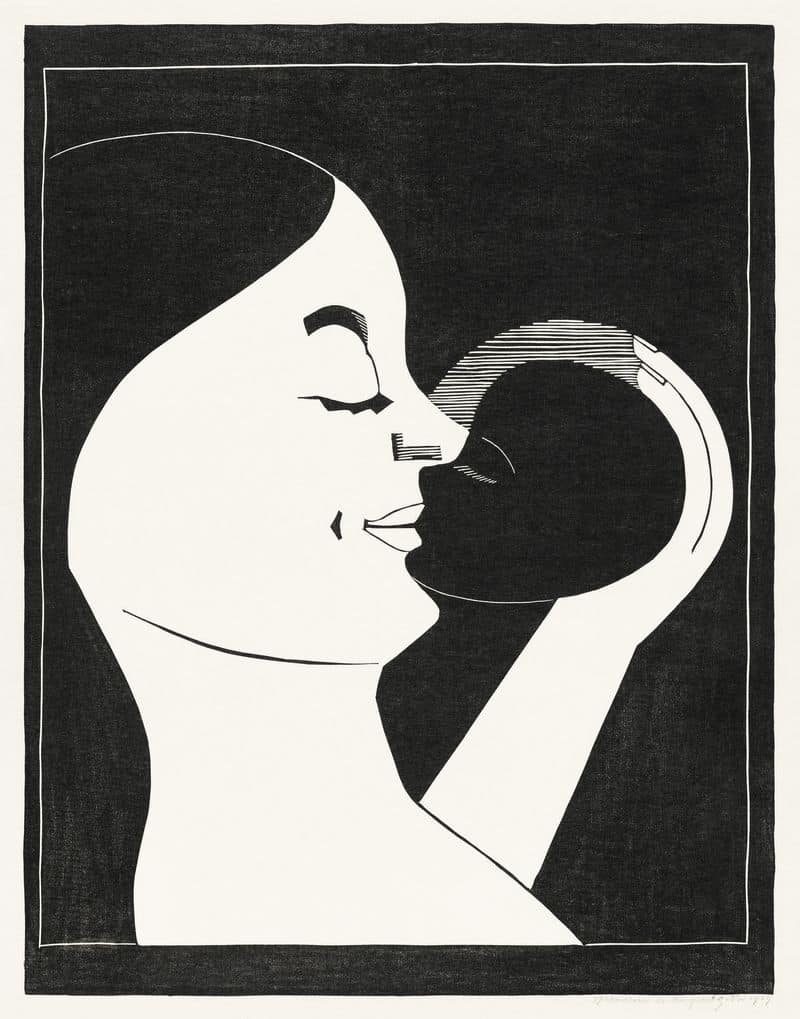
In addition to these types, artists also work with positive and negative space. Positive space is the subjects or objects in a work of art. And negative one is around and between subjects. The use of negative space can create a sense of balance, harmony, and focus in a work of art.
Perspective in art
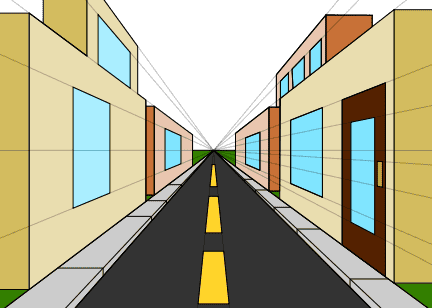
Perspective is an essential element of art that is used to create the illusion of depth of space in a two-dimensional work. It is one of the techniques used by artists to create the impression of three-dimensional space on a flat surface. Perspective is an important component of many art forms, including painting, drawing, and printmaking.
Focal Point with the Use of Space
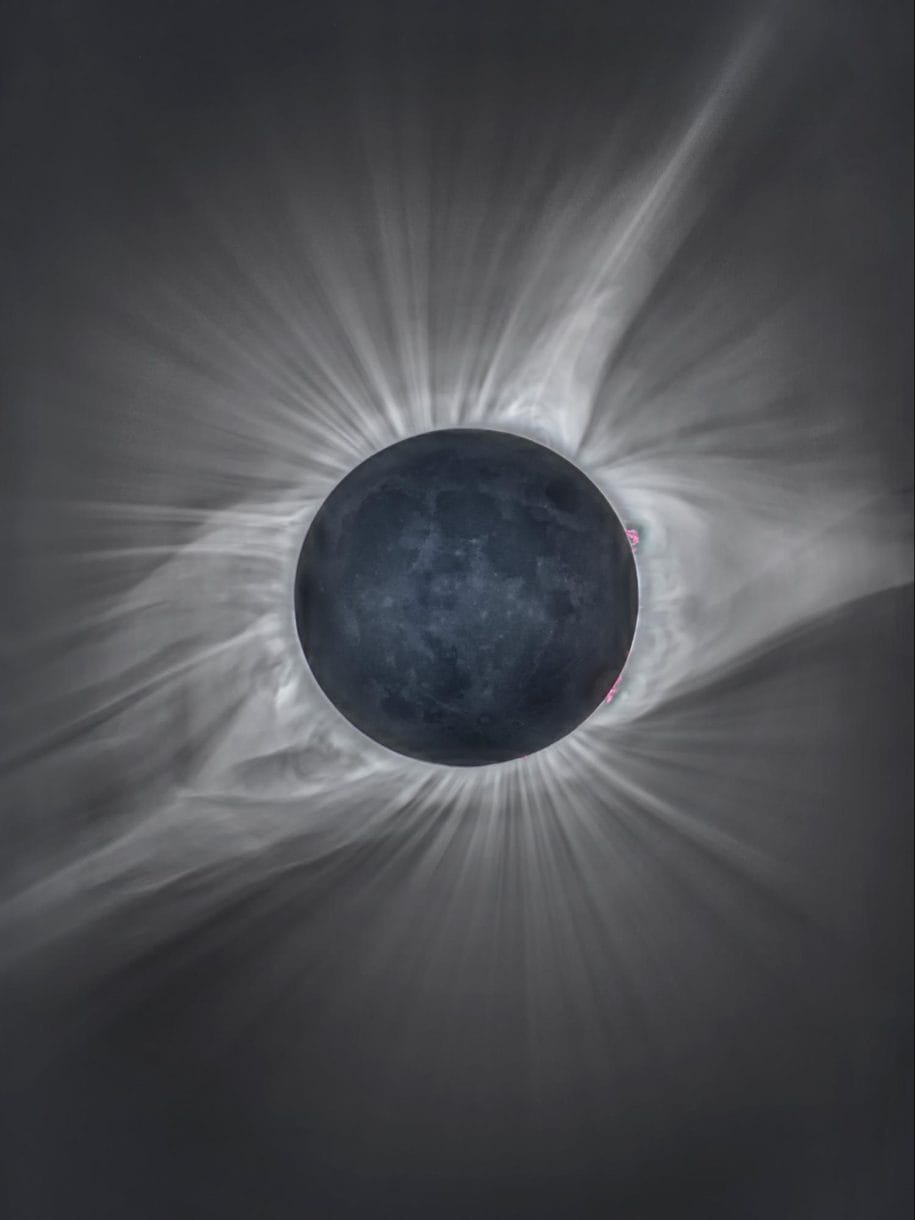
In art, the focal point is the section of a work that catches the viewer’s attention and serves as the main point of interest. It is the element that stands out the most and catches the viewer’s eye. The use of space can play a crucial role in creating a strong focal point in a work of art.
One effective way to create a strong focal point through the use of space is through the use of contrast. If you place the focal point in an area of the artwork that is visually different from the surrounding space, it will stand out more effectively.
This can be achieved through the use of color, shape, or texture. For example, if the focal point of the artwork is a red apple, the artist might use a neutral background of cool colors to make the apple stand out more.
Famous examples of space in art
Here are a few famous examples of works of art that demonstrate the effective use of space:
- Leonardo da Vinci’s Mona Lisa: This iconic painting demonstrates the artful use of space and atmospheric perspective. The background landscape of misty mountains and a winding river creates a sense of depth, and the space around the subject, the Mona Lisa, helps to make her stand out and draw the viewer’s attention;
- “Starry Night” by Vincent Van Gogh: Van Gogh’s masterpiece depicts a night sky studded with swirling stars and a bright, expressive landscape. The use of space in this painting creates a sense of vastness and immensity, evoking a sense of awe and wonder;
- “Composition with Red, Blue and Yellow” by Piet Mondrian: Mondrian’s abstract painting is known for its minimalist use of space and primary colors. The neatly arranged rectangles and the white space between them create a sense of balance and harmony, illustrating the artist’s desire for universal harmony through art;
- “The Persistence of Memory” by Salvador Dali: This surrealist painting depicts a melting clock in a dreamlike landscape. The surrealistic arrangement of objects and the vast empty space create a sense of distorted and otherworldly reality;
- “David” by Michelangelo: This sculpture of the biblical figure of David demonstrates the artist’s mastery of three-dimensional space. The statue is carefully carved to create a sense of volume and anatomical accuracy. The space around the sculpture allows the viewer to appreciate it from different angles and feel its physical presence;
- Auguste Rodin’s “Gates of Hell”: Rodin’s monumental sculpture depicts a dramatic scene from Dante’s Inferno. The sculpture demonstrates the artist’s mastery of space and composition, as the figures are arranged in different planes and depths, creating a dynamic and complex visual narrative.
These are just a few examples of famous works of art that demonstrate the effective use of space. Each of these works demonstrates how artists use space to create depth, balance, emphasis, and a sense of scale, contributing to the overall impact and significance of the artwork.
Conclusions
The use of space in art is a powerful tool for artists and sculptors to manipulate and shape the visual and emotional impact of their work.
It is a tool that allows you to create depth, atmosphere, balance, emphasis, and a sense of scale, contributing to the overall aesthetic and communicative quality of a work of art.

